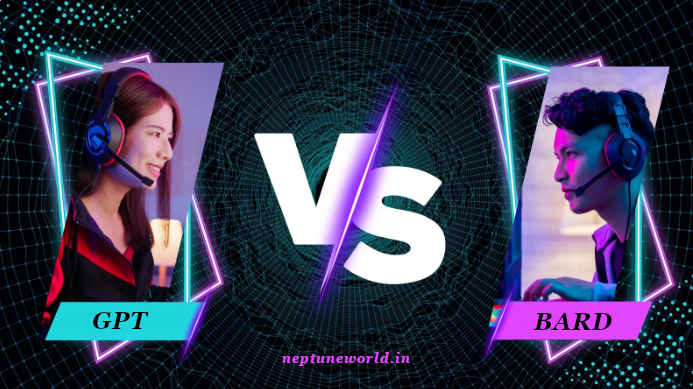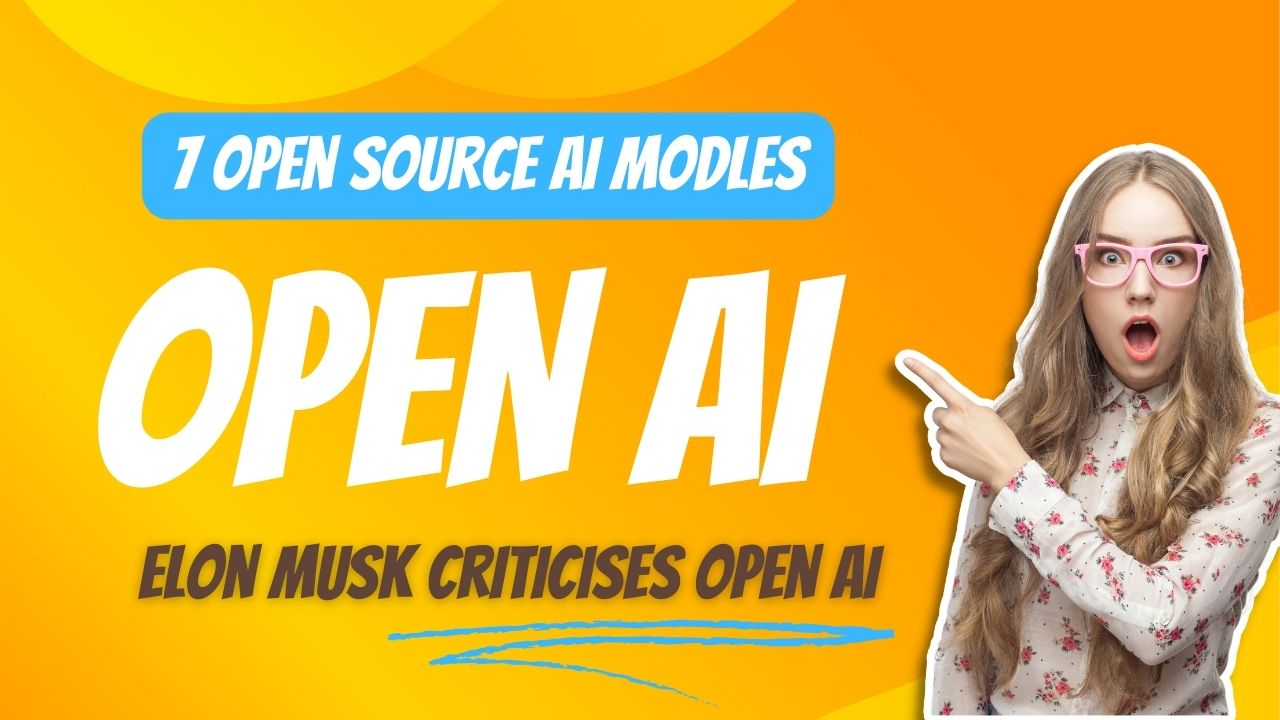Generative AI : A Beginner's Guide to Artificial Intelligence
Author: neptune | 01st-Aug-2023
Generative Artificial Intelligence (AI) is a fascinating field that enables machines to create, generate, and produce content that resembles human creativity. It is a subset of artificial intelligence that focuses on teaching machines to generate new data, such as images, music, text, and more. The potential applications of generative AI are vast, from creating lifelike images to composing music and even generating human-like conversation. In this article, we will explore what generative AI is, its key components, and how you can get started on your journey into this exciting realm of AI.
Understanding Generative AI
Generative AI refers to the use of algorithms and models to produce new data by learning patterns and features from existing datasets. The fundamental idea is to have the model understand the underlying structure of the data and then generate new samples that are similar in style and content. There are two primary categories of generative AI:
1. Generative Adversarial Networks (GANs):
GANs consist of two neural networks, the generator, and the discriminator, that work in tandem. The generator creates fake data samples, while the discriminator evaluates these samples to differentiate between real and fake. Both networks learn and improve iteratively, resulting in the generation of increasingly realistic data.
2. Variational Autoencoders (VAEs):
VAEs are a type of neural network that learns to represent input data in a compact and continuous latent space. This latent space can then be sampled to generate new data that resembles the original input data.
Getting Started with Generative AI
1. Familiarise Yourself with Machine Learning and Neural Networks:
Before diving into generative AI, it is essential to have a solid understanding of machine learning principles and neural networks. Take online courses or tutorials to learn about topics like supervised and unsupervised learning, backpropagation, and deep learning architectures.
2. Learn Python and Deep Learning Frameworks:
Python is a popular programming language in the AI community. Familiarise yourself with Python and libraries such as TensorFlow, PyTorch, or Keras, which provide powerful tools for building and training neural networks.
3. Study Generative Models and GANs:
Focus on understanding the underlying concepts of generative models, especially GANs. There are numerous resources, including research papers, tutorials, and online courses, that can help you grasp the theoretical foundations and practical applications of GANs.
4. Start with Simple Projects:
Begin your generative AI journey by working on simple projects. For example, you can create a FAN that generates hand-written digits or generate artistic images from random noise. These projects will give you hands-on experience and build your confidence in tackling more complex tasks.
5. Leverage Pretrained Models:
Many pre-trained GAN models are available, trained on vast datasets. Start by using these models to generate content and understand how they work. Later, you can fine-tune these models for specific applications or build your own from scratch.
6. Experiment and Innovate:
Generative AI is a creative field that thrives on experimentation and innovation. Don't be afraid to explore new ideas and push the boundaries of what is possible. Try combining different generative models, exploring various loss functions, or adapting GANs for specific domains.
Conclusion
Generative AI is an exciting and rapidly evolving field that holds immense potential for revolutionising various industries. From creating lifelike images and generating music to enhancing data synthesis, the applications of generative AI are diverse and impactful. By understanding the basics of machine learning, mastering deep learning frameworks, and exploring generative models like GANs and VAEs, you can embark on an exciting journey to unlock the creative power of artificial intelligence. So, roll up your sleeves, start learning, and let your imagination take flight with generative AI.
#JavaScript #Python #Hackerrank #Motivation #AI #React.js #Interview #Testing #SQL #Selenium #LeetCode #Problem Solving #Machine learning #IT #API #Java #GPT #AWS #Algorithms #Github #Projects #Jobs #Django #Microservice #Certifications #Node.js #TCS #Google #Story #Pip #Data Science #Postman #Health #Twitter #Elon Musk
 Comparing Chat GPT and Google Bard: Differences and Applications
Comparing Chat GPT and Google Bard: Differences and ApplicationsAuthor: neptune | 17th-Jun-2023
#Machine learning #AI #Google #GPT
Chat GPT and Google Bard are two of the most popular language models that have been developed in recent years. Both of these models are designed to generate human-like responses to text-based inputs...
 7 Open Source Models From OpenAI
7 Open Source Models From OpenAIAuthor: neptune | 11th-May-2023
#Machine learning #AI
Elon Musk criticized OpenAI for becoming a closed source, profit-driven company. Despite this, OpenAI has released seven open source models, including CLIP and Dall-E...
 The Godfather of AI Sounds the Alarm: Why Geoffrey Hinton Quit Google?
The Godfather of AI Sounds the Alarm: Why Geoffrey Hinton Quit Google?Author: neptune | 09th-May-2023
#Machine learning #AI
Geoffrey Hinton, the Godfather of AI, has quit Google and warned of the danger of AI, particularly the next generation AI language model, GPT-4...
 PaLM 2: Google's Multilingual, Reasoning, and Coding Model
PaLM 2: Google's Multilingual, Reasoning, and Coding ModelAuthor: neptune | 13th-May-2023
#Machine learning #AI #Google
Google introduces PaLM 2, a highly versatile language model with improved multilingual, reasoning, and coding capabilities powering over 25 Google products and features...
 Top 5 use cases of ChatGPT in programming
Top 5 use cases of ChatGPT in programmingAuthor: neptune | 04th-Apr-2023
#AI #GPT
ChatGPT helps programmers optimize code, generate dummy data, algorithms, translate code, and format data, saving time and effort...
 The Future of AI: Effective Prompt Engineering
The Future of AI: Effective Prompt EngineeringAuthor: neptune | 07th-Apr-2023
#AI #Jobs
Prompt engineering is the art of crafting effective instructions for AI models, crucial for ensuring quality, accuracy, and ethical use of AI-generated output...
 AI in Agriculture: Transforming Farming with Cutting-Edge Technology
AI in Agriculture: Transforming Farming with Cutting-Edge TechnologyAuthor: neptune | 04th-Jul-2024
#AI
AI is poised to revolutionize agriculture by making farming more efficient, sustainable, and productive...
View More